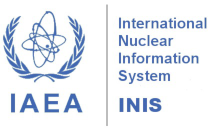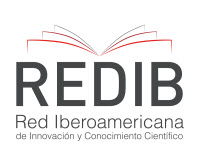New article published in 13(3A) - RADIO 2024
Determination of temporal correction factors for a survey meter detector dedicated to radioprotection in radiology
Abstract: Radiometric surveying is essential for assessing radiation levels in facilities that use ionizing radiation, ensuring that individual exposures remain within the dose limits established by current regulations. Ionization chambers (ICs) are crucial tools in this evaluation, and understanding their operational limitations—particularly the effects of temporal dependence—is key to ensuring accurate measurements. This study aimed to verify the temporal dependence of the Fluke Victoreen IC (349 cm³, model 451B-RYR) by analyzing the ambient dose equivalent rate H*(10) over short exposure intervals in its two operational modes: Integrated (Mode A) and Rate (Mode B). Measurements were conducted using N60, N80, and N100 radiation qualities for narrow X-ray beams defined by ISO 4037-1:2019 and characterized at the Laboratory of Radiological Sciences (LCR). The results revealed temporal dependence for times shorter than 0.8 s for N60 and N80, and shorter than 1.5 s for N100 in both operational modes. Correction factors were calculated to adjust the H*(10) values, reducing uncertainties and enabling the definition of cutoff times for each radiometric quality and chamber mode. Mode A exhibited shorter cutoff times for N60 and N100 (0.3 s and 0.4 s, respectively), whereas Mode B proved more suitable for N80 (0.2 s). The highest combined relative uncertainties before stabilization were observed as follows: for N60, 26% in Mode A and 50% in Mode B (both at 0.1 s); for N80, 31% in Mode A and 17% in Mode B (both at 0.5 s); and for N100, 49% in Mode A (0.2 s) and 15% in Mode B (0.6 s). The study concludes that the application of correction factors and cutoff times improves the precision of H*(10) measurements at short exposure intervals, contributing to more reliable radiometric surveys in radiological protection contexts. Read full article.






















